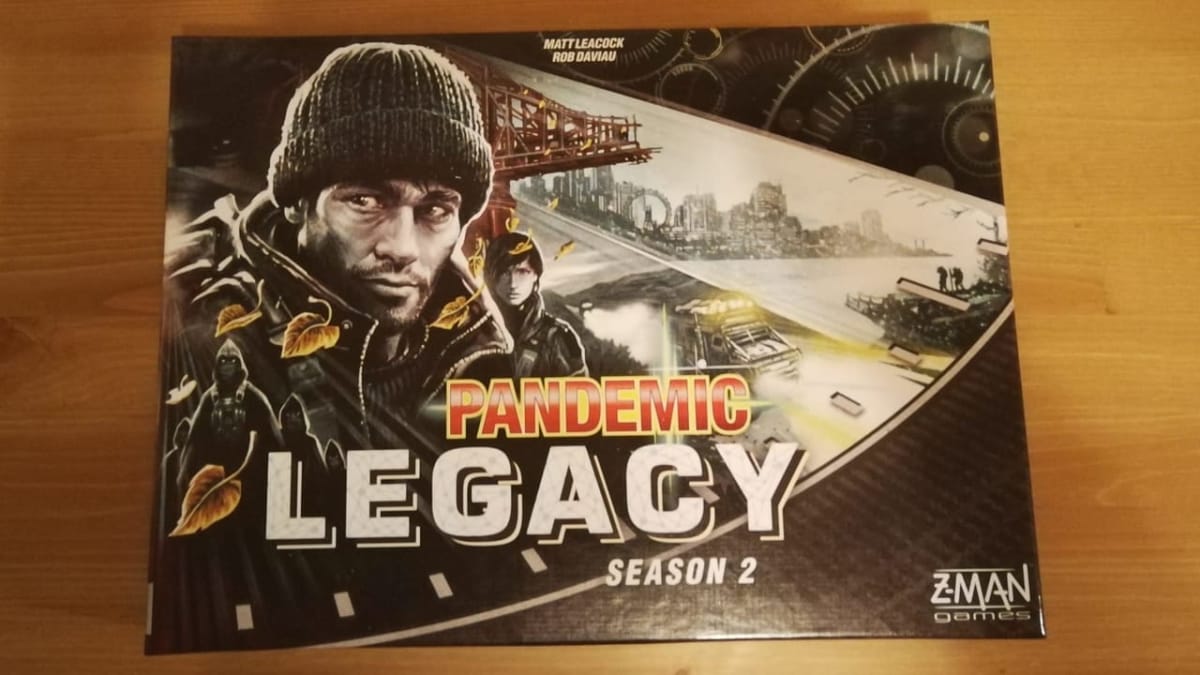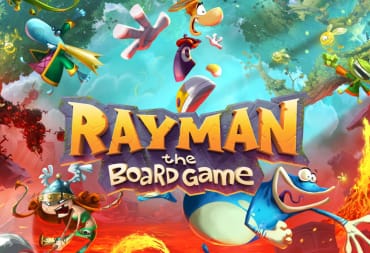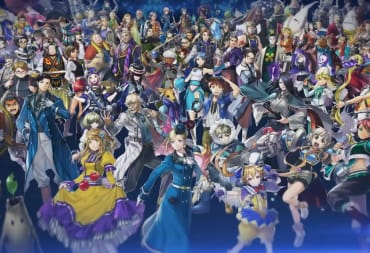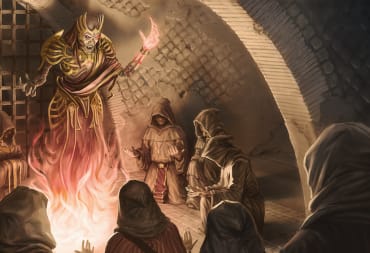Games about the world going to crap are super popular. There are tonnes of games, both board and video, that are either apocalyptic or rapidly heading that way, and on top of that legacy-style games are also very popular. You can imagine how popular a game like Pandemic Legacy: Season 2 is going to be. A legacy game about a world which is completely screwed? Sign me and the rest of the tabletop-playing world up.
For those who don't know Pandemic is a cooperative game series about the world being ravaged by various plagues and generally not having a good time of it. Pandemic Legacy takes the core concept and adds in legacy mechanics which means permanently changing components, where you add stickers, write on pieces and rip up cards as the game progresses. In Pandemic Legacy Season 1 players had to try their best to keep the world alive as it was going through the earth-shattering events of a global pestilence. Spoilers, it doesn't end well.
Pandemic Legacy Season 2 picks up nearly a century after the end of the last game. Humanity is regulated to offshore havens which protect them from plague and famine. Players control several volunteers who venture out into the real world to try and reclaim the world and cure the disease that still ravages the planet.
The main mechanics of Pandemic Legacy: Season 2 aren't too far removed from the previous titles. Your main obstacle is time and resource management, as you have only a limited amount of time and resources on your hands to accomplish various goals. Each turn players must perform up to 4 actions, gain new cards and infect the board with a deadly plague which makes it harder to move around safely.
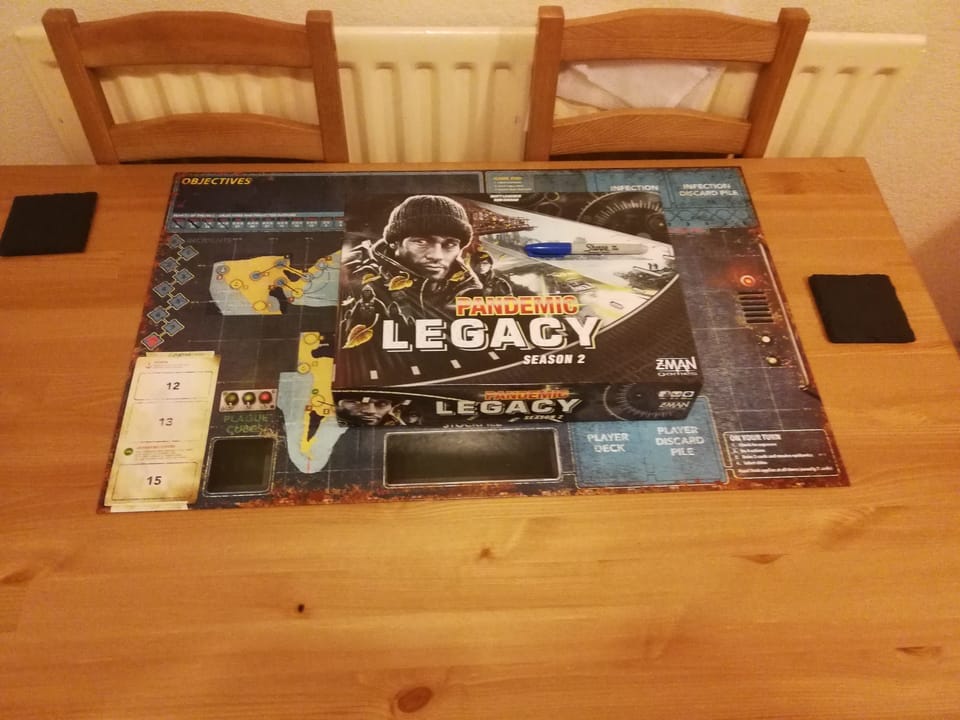
Your main recourse against the plague is the ability to bring supplies to different locations, as well as building supply centers which make it easier to produce supplies in the first place. However, as you progress through the 12 game campaign (not counting the prologue) you get fewer and fewer supplies to use and have to spread yourself thin as the map gets more and more filled with new locations that you discover as you play.
The build quality on Pandemic Legacy: Season 2 is something of a mixed bag. The board is well made but is far too stiff, so be prepared to wait around for 20 minutes as you rest heavy objects on top of it to make it go properly flat. On top of that there are a lot of stickers in the game that you need to stick over cards or directly onto the board, but a lot of the time they just start peeling up after a little while. It's not all that much of a concern since they don't ever seem to completely come off, but if you like a pristine board then you're probably going to be disappointed.
If there's one word that could be used to describe the gameplay in Pandemic Legacy: Season 2 then it would probably be: harsh. The game takes place over 12 months, with each month having a possible of 2 games if you fail the first time you get to attempt the month again. Two failures mean you move on to the last month. Chances are that unless you get extremely lucky you're probably going to fail at some point, in fact, it's almost expected of you. When you lose the game throws bones your way to make the next game easier, and sometimes you're better off failing the first game of a month to set things up for the next game instead.
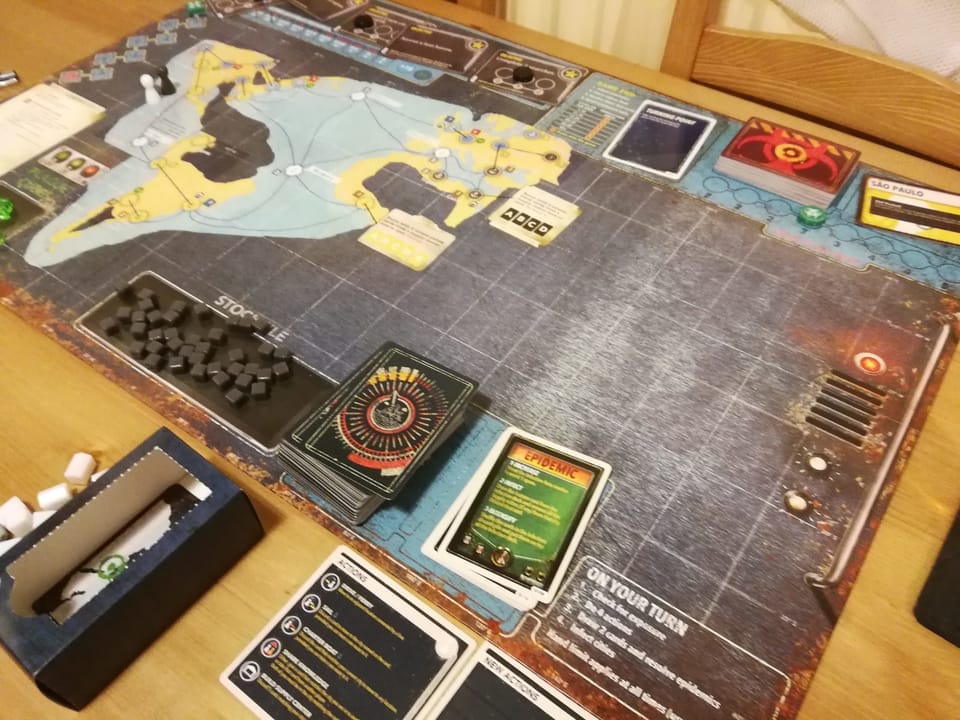
Crushing difficulty and build quality aside the actual meat and bones of the gameplay is fun as hell. There's something addictive about struggling against insurmountable odds to try and save a world which might very well be doomed no matter what you do. I think the way the game gets away with it is by not ever having a 'defeated' state. Even if you lose every single game in the campaign you can still keep going, you never have to go and start from the beginning again, or even from the start of the month. Your changes are permanent even if you lose, which makes it much easier to stomach than something like the Dark Souls board game.
That isn't to say that Pandemic Legacy: Season 2 is without its mechanical problems. Although they're few they do start to pile up right at the end. There is quite a lot of randomness (RNG) in the game, despite the fact that it doesn't have any dice involved. You have to draw the right cards to perform certain actions and that relies on the luck of shuffled cards. This can get really bad if you pull 2 Epidemic cards in quick succession and end up with a board filled with the plague. Obviously, a little RNG is necessary to stop the game from getting boring over time, but there is just a tiny bit too much here for a game this difficult, and the game doesn't give you quite enough tools to mitigate that luck.
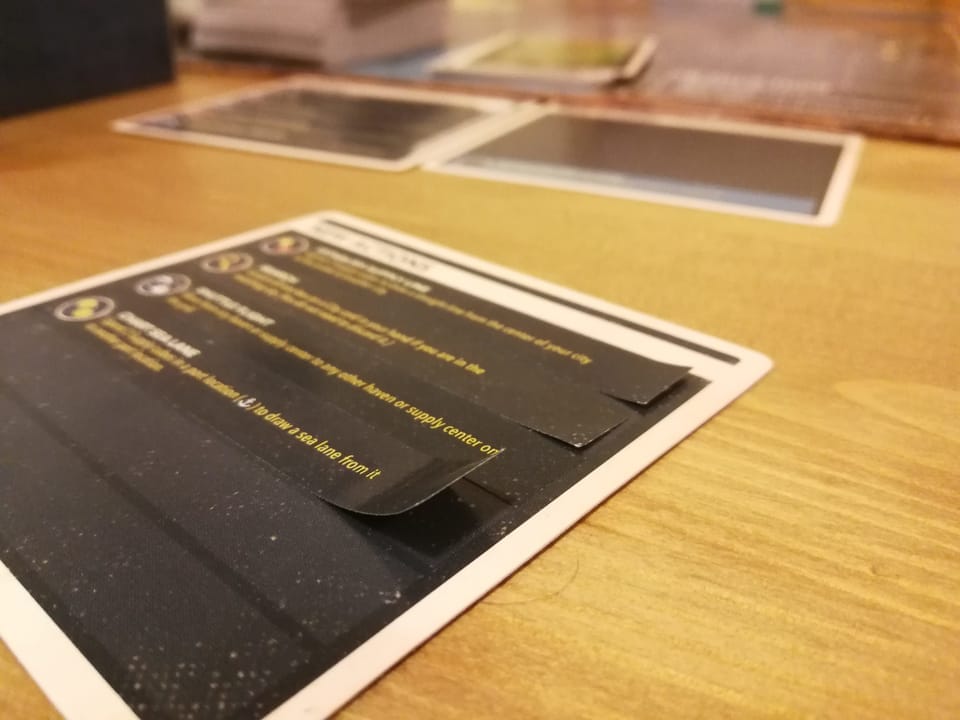
The worst culprit for the RNG is the final mission. I won't spoil what happens but it basically devolves into sitting and hoping that you draw the right colored cards to win the game. There's a certain amount of stuff you can do to help mitigate these sort of problems, such as actions add more colored cards to the game or character abilities which give you the power to change or draw cards. Regardless, the level that the final mission takes the difficulty too is just a stage too far. After a relentless assault, a more balanced final experience might have made the ending a little sweeter.
In the end, despite all my complaining about it, the outcome of that final missions doesn't even matter. The ending you get is more based on the state of the board than it is on if you succeed or not. The endings, in fact, are just token word swaps of each other that don't really feel different at all. There are technically multiple endings, but neither one feels particularly impactful or exciting, especially since the rest of Pandemic Legacy: Season 2 has quite an interesting story, which is quite a letdown.
The Bottom Line:Pandemic Legacy Season 2 does a good job of making an addictive experience out of a world recovering from a global plague. There is a little too much RNG at times and the ending leaves much to be desired but the actual meat of the game is fun and addicting, and is framed by an interesting story whether you've played the previous season or not. Just make sure that you don't care too much about how well the stickers stay down and you'll probably end up having a good time. At least until the world is destroyed.
Get this game if:
You enjoyed Pandemic Legacy Season 1 and want more.
You enjoy a tough experience with permanent consequences.
You like a decent amount of RNG with your games.
You want a game about a world on the brink of destruction
Avoid this game if:
You want a game with stickers that work properly.
You don't like having to wait 15 minutes for the board to flatten.
You want a pure strategy experience with a good ending.
This copy of Pandemic Legacy: Season 2 was provided by Asmodee.
Where's the score? The TechRaptor tabletop team has decided that the content of our tabletop reviews is more important than an arbitrary numbered score. We feel that our critique and explanation thereof is more important than a static score, and all relevant information relating to a game, and whether it is worth your gaming dollar, is included in the body of our reviews.
Review Summary
Have a tip, or want to point out something we missed? Leave a Comment or e-mail us at tips@techraptor.net
